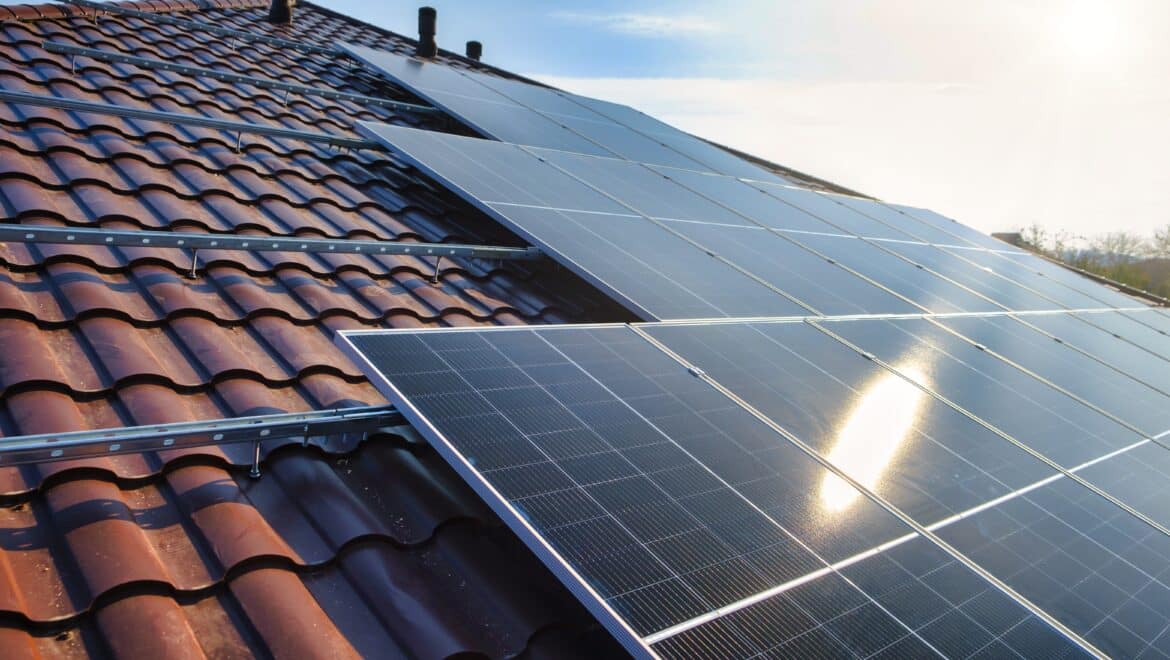How to Determine Your Warehouse Lighting Requirements
Having adequate and appropriate lighting in your warehouse is very important. It could be a retrofit or a complete service upgrade and repair process. However, fixing your lighting requirements should be at the top of your to-do list.
Why is good lighting critical in a warehouse setting
Good lighting is critical in a warehouse for several reasons. It improves safety conditions. Proper lighting can prevent accidents, such as trips, slips, and falls. It can also help workers to see potential hazards, such as obstacles or spills, and avoid them.
In addition to that, good lighting can improve worker productivity and accuracy by allowing them to see their work clearly and reducing eye strain. It can also reduce the risk of theft and vandalism by making it easier to detect suspicious activity.
Many workplace safety regulations require minimum levels of lighting in certain areas. So, good lighting is essential to maintaining a safe, efficient, and productive working environment in a warehouse.
Determining warehouse lighting requirements
The lighting requirements for a warehouse depend on various factors, including the size and layout of the space, multiple types of work being performed, and the safety regulations in your area. Below are some general steps to help you determine your warehouse lighting requirements:
Assess the space: Consider the size and layout of your warehouse. Also, look at other areas that may require additional lighting, such as loading docks or storage areas.
Identify the tasks being performed: Think about the types of tasks that will be performed in the warehouse, such as packing, assembly, or inventory management. Different tasks may require different levels of lighting.
Determine the lighting levels: Use lighting standards recommended by lighting industry associations or regulations in your area to determine the appropriate lighting levels for each area of your warehouse.
Design the lighting layout: Once you have determined the lighting levels and technology, design the layout of the lighting fixtures to ensure adequate coverage and avoid glare.
Install and test the lighting: Have a licensed electrician install the lighting fixtures and test the lighting levels to ensure they meet the requirements.
Von Power suggests LED replacement and upgrades
Von Power recommends LED replacement and upgrades as it has several benefits for warehouse applications. These include the following:
Energy efficiency
LED lighting is highly energy-efficient and uses up to 80% less energy than traditional lighting, which can lead to significant cost savings regarding your energy bills.
Long lifespan
LED lights have a long lifespan. They can last up to 25 times longer than traditional lighting. This reduces the need for frequent bulb replacements and maintenance.
Improved visibility
LED lights provide brighter and more uniform illumination, improving visibility and thus reducing the risk of accidents and errors in the workplace.
Sustainability
LED lighting is environmentally friendly, as it does not contain hazardous materials and is fully recyclable.
Lighting automation
LED lights can be easily integrated with smart lighting automation. This includes motion and daylight sensors to increase energy efficiency further and reduce costs.
Are you ready to make these improvements in your warehouse, be it retrofit or full-service upgrade and repair? Contact Von Power today to get the perfect warehouse lighting set-up. They also offer lighting automation solutions.









